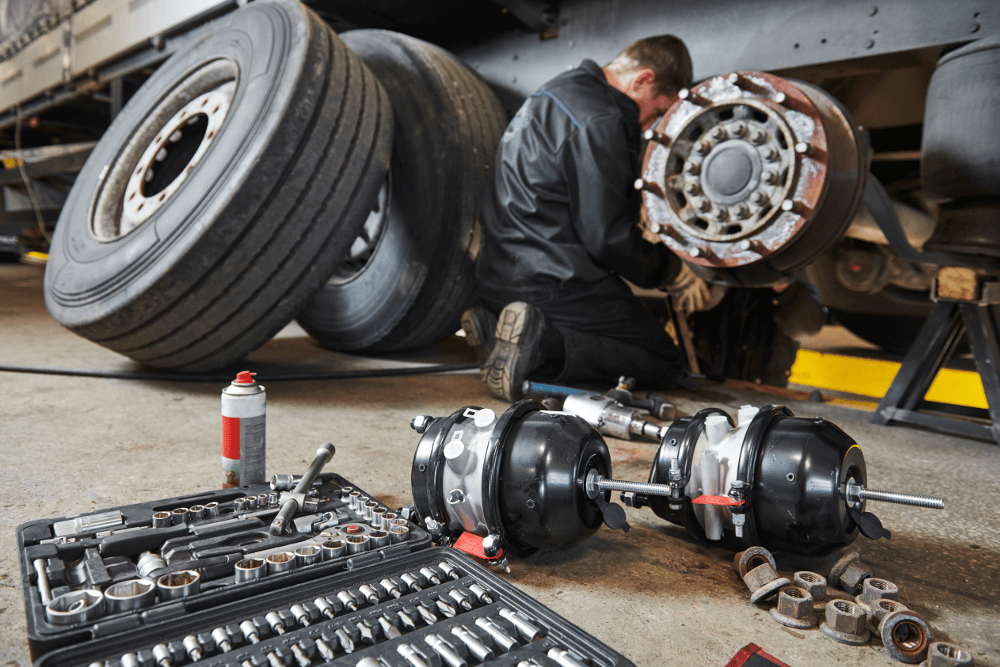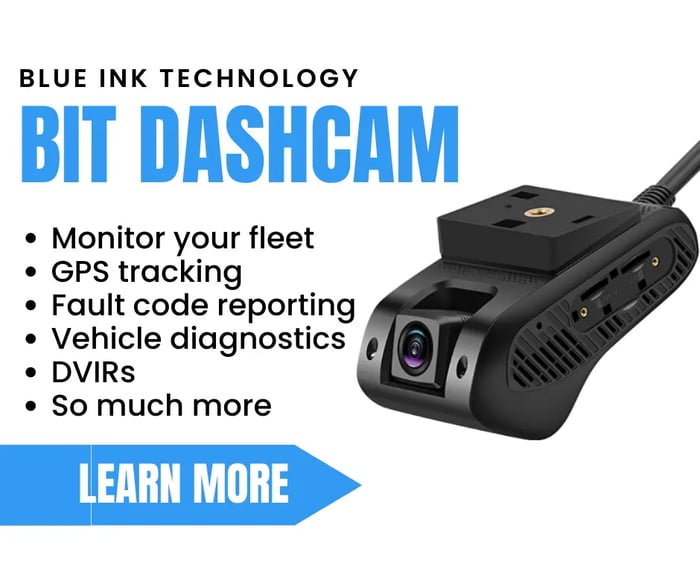 In the trucking industry, minimizing downtime and ensuring safe and reliable performance of your fleet is crucial. One of the most effective ways to achieve these goals is by implementing a comprehensive preventative maintenance program.
In the trucking industry, minimizing downtime and ensuring safe and reliable performance of your fleet is crucial. One of the most effective ways to achieve these goals is by implementing a comprehensive preventative maintenance program.
There are several benefits that come with implementing a preventative maintenance program. These types of programs help get you the most value out of your equipment and reduce the amount of downtime caused by major maintenance issues.
Vehicle Maintenance violations are the most aggressive and issued violations by the DOT. They account for well over 50% of the violations issued during roadside inspections. A preventative maintenance program is one of the best things you can implement to avoid costly fines and violations that impact your CSA score. These situations can expose your company to FMCSA interventions and DOT audits, higher insurance rates, and lower fleet utilization which can lead to higher operational cost.
This blog post will guide you through the process of setting up such a program to keep your trucks running smoothly and efficiently.
Establish Goals and Objectives
Before setting up a preventative maintenance program, it's essential to define clear goals and objectives. A great way to identify effective goals is to calculate a trucks cost per mile and see which areas are adding the most to your trucks cost to operate. Some of these may include:
- Reducing unexpected breakdowns and costly repairs
- Extending the life of your trucks
- Improving fuel efficiency and reducing emissions
- Ensuring compliance with regulations and industry standards
- Enhancing driver safety and satisfaction
By establishing your goals and objectives you can more clearly communicate what is important across your organization. This will enable your team to think about how to best handle situations that will align with the goals.
Be sure that you choose no more than 2 goals or targets to hit. Too many goals can make measuring your results difficult and can overwhelm your team leading to no goals being met.
It is also a good practice to update everyone on the company's progress toward meeting goals. If your results are moving in a positive direction then this can have a positive impact on employee moral and provide a sense of accomplishment that helps employees feel like they are a part of something bigger than themselves. This can also help you keep your employees around longer reducing company churn.
Develop a Maintenance Schedule
Create a detailed maintenance schedule for your fleet based on manufacturers' recommendations, industry best practices, and your fleet's specific needs. This schedule should outline the frequency of inspections, services, and repairs for each truck component, including:
- Engine and drivetrain
- Brakes and suspension
- Tires and wheels
- Electrical and lighting systems
- Fluids and filters
- HVAC and exhaust systems
Having a routine maintenance schedule is one of the most important parts of any preventative maintenance program. What you choose to regularly check up on will have a big impact on how well your maintenance program works.
Developing a maintenance schedule as part of a preventative maintenance program offers a lot benefits, including the following three:
-
Extended equipment life: Regularly scheduled maintenance helps identify and address minor issues before they escalate into more costly problems, ultimately prolonging the lifespan of the equipment. This reduces the need for frequent replacements and results in cost savings.
-
Improved efficiency and performance: A well-maintained system operates more efficiently and performs at its optimal level. By conducting routine maintenance, you can ensure that your equipment continues to run smoothly, leading to reduced energy consumption, lower operational costs, and improved overall performance.
-
Reduced downtime and repair costs: A preventative maintenance program helps minimize unexpected breakdowns by proactively addressing potential issues. This not only reduces downtime, which can be costly in terms of lost productivity, but also minimizes the need for expensive emergency repairs. In the long run, a well-planned maintenance schedule can save a significant amount of time and resources.
Assign Responsibilities and Train Staff
If you are and owner/operator who is growing into a fleet it is important that you look at hiring help to assist with your maintenance program. First time owner/operators usually wear many hats to help keep cost low while starting out.
Trying to do everything yourself can quickly lead to burnout and letting issues start slip by. Always keep in mind that with growth comes with additional cost and constantly review your company's revenue and expenses to make sure you can bring on help.
To ensure the success of your preventative maintenance program, it's crucial to assign responsibilities to specific team members. This includes:
- Designating a maintenance manager to oversee the program
- Training technicians on proper inspection and repair procedures
- Empowering drivers to conduct pre-trip and post-trip inspections and report any issues
In addition, consider providing ongoing training and resources to keep your team up to date on the latest industry trends, technologies, and regulations.
The amount of money you can save from avoiding large scale break-downs, lost revenue, extended downtime and big repair cost with a good maintenance team is well worth the expense.
Implement a Record-Keeping System
Keeping accurate and detailed records of all maintenance activities is essential for tracking the performance of your preventative maintenance program. This can be done using paper-based systems, spreadsheets, or fleet management software. Key information to record includes:
- Dates and details of inspections, services, and repairs
- Parts and materials used
- Technician and driver feedback from DVIRs
- Warranty information and service history
Keeping detailed records of all maintenance related events in your preventative maintenance program can also help with run-ins with the DOT. Proof of DVIRs and documentation on maintenance related events can help if you need to Vehicle Maintenance fine or violation that was incorrectly issued during a roadside inspection using the FMCSA's DataQ system.
Monitor and Adjust Your Program
Regularly review the performance of your preventative maintenance program to identify any areas for improvement. This may involve:
- Analyzing data on breakdowns, repairs, and maintenance costs
- Comparing the performance of different trucks and models
- Gathering feedback from drivers and technicians
Use this information to adjust your maintenance schedule, procedures, and training as needed to optimize the effectiveness of your program.
Invest in Technology
Consider investing in fleet management software, video telematics systems, and other technologies to streamline your preventative maintenance program. These tools can help you:
- Automate maintenance scheduling and reminders
- Track vehicle performance and diagnostic data in real-time
- Monitor driver behavior and identify areas for improvement
- Generate reports and analytics to inform decision-making
The relatively low cost of a telematics subscription can provide you with a tremendous amount of vehicle and driver insight that help your fleet run more efficiently. If you are experiencing issues related to vehicle maintenance then taking a good look at technologies that can help may be worthwhile.
Advancements in trucking related technology can help with improving and automating your record keeping, make sure maintenance task are being marked as complete, and help keep task on schedule.
Using this kind of data can help measure against your preventative maintenance goals and allow you to easily keep your team involved in your company's maintenance objectives.

